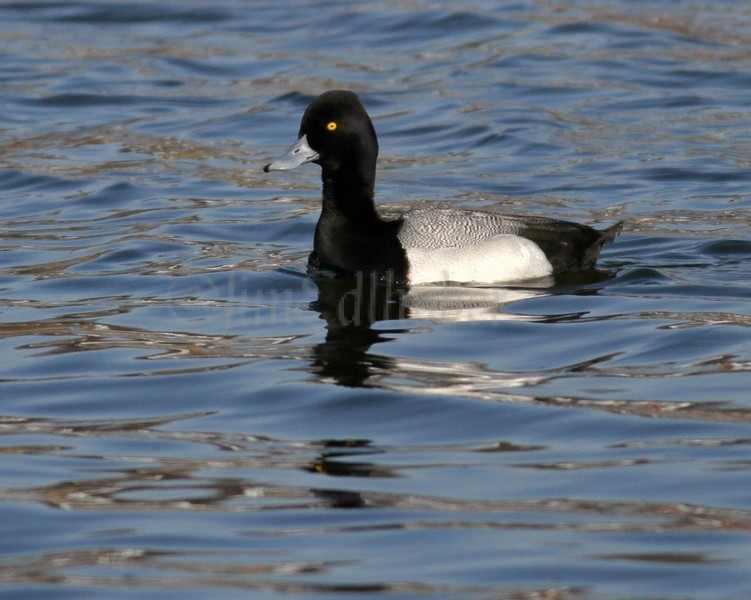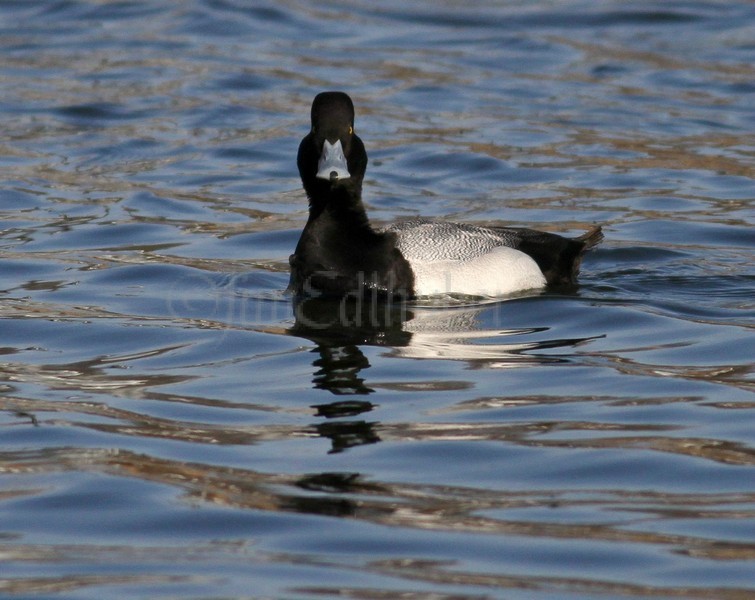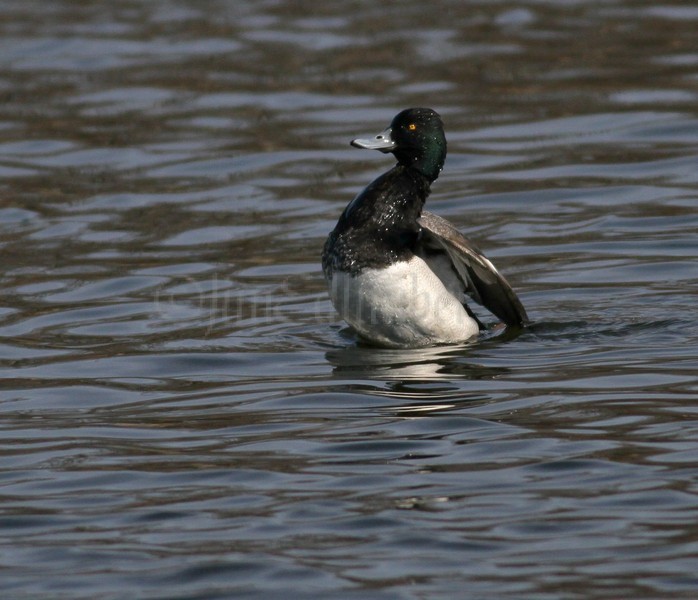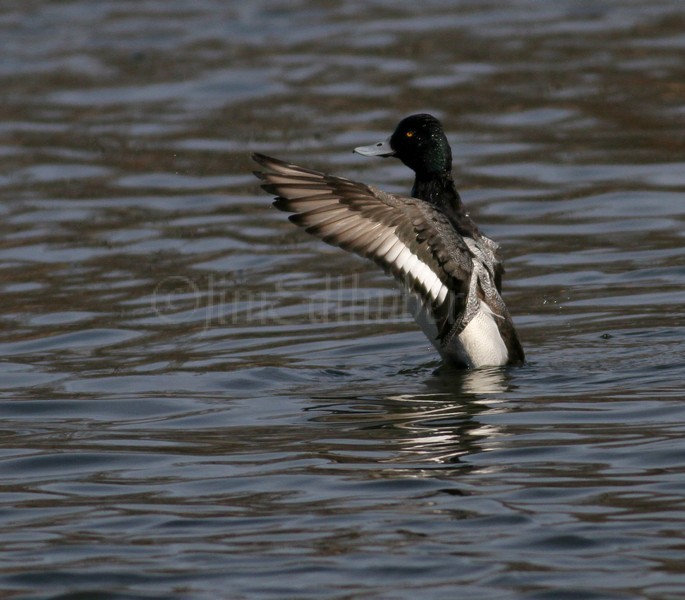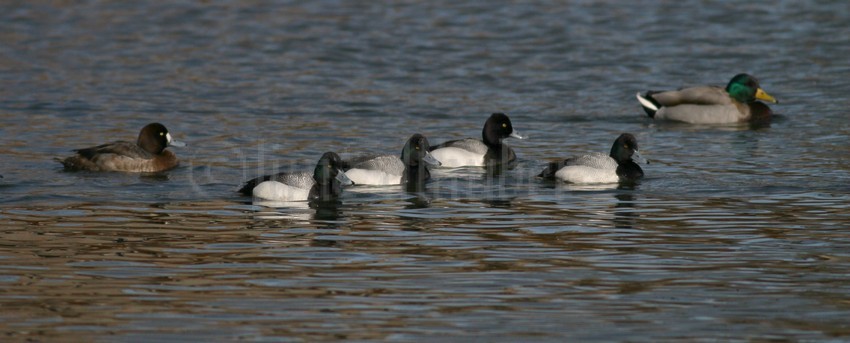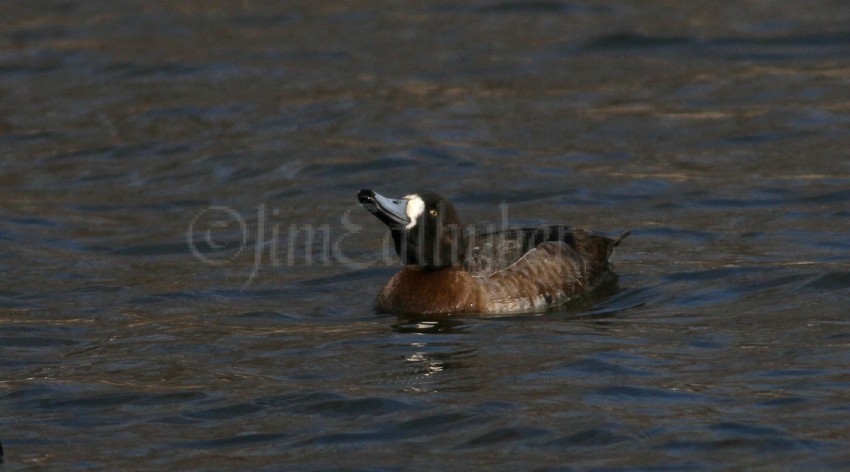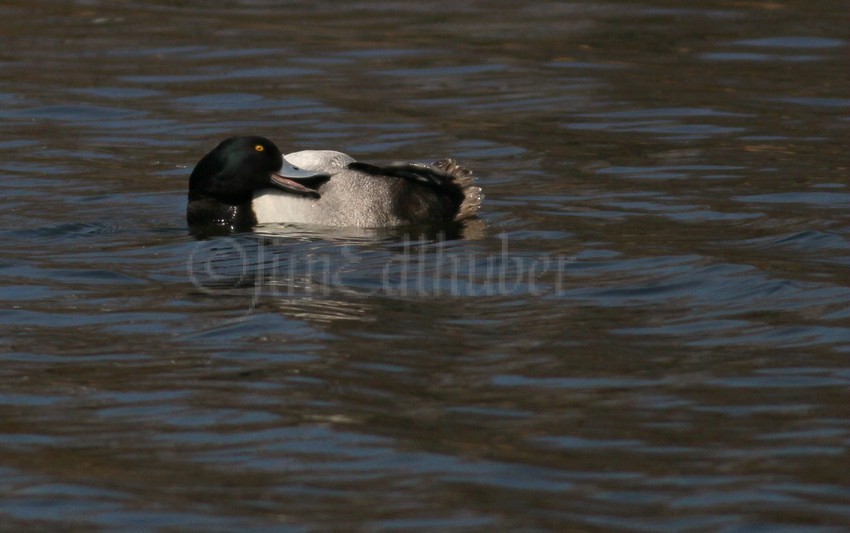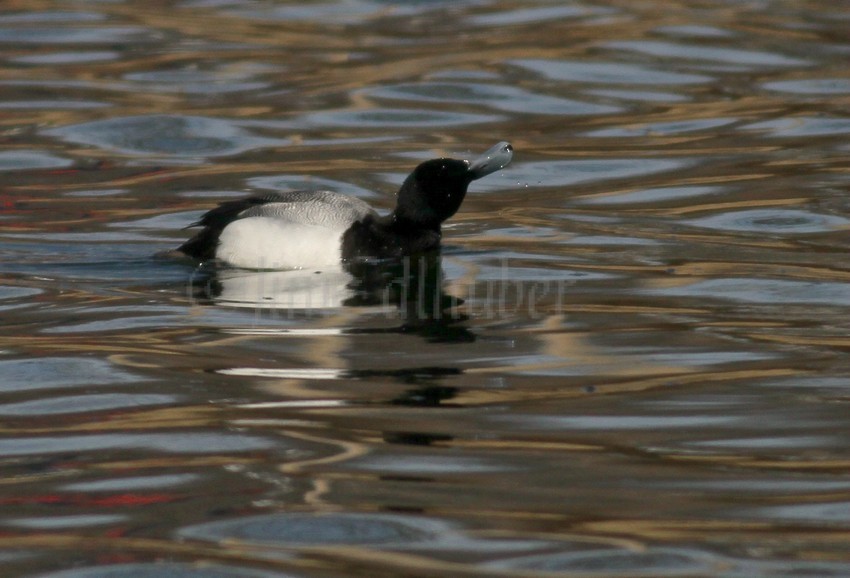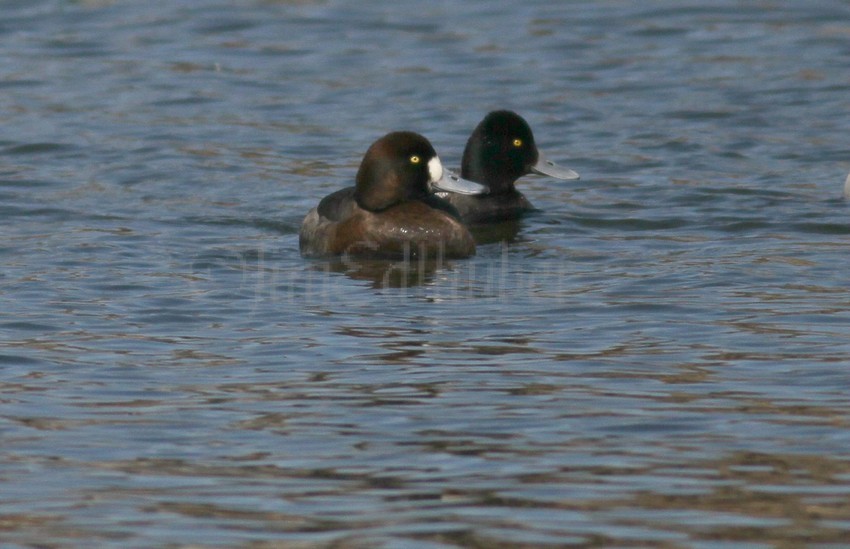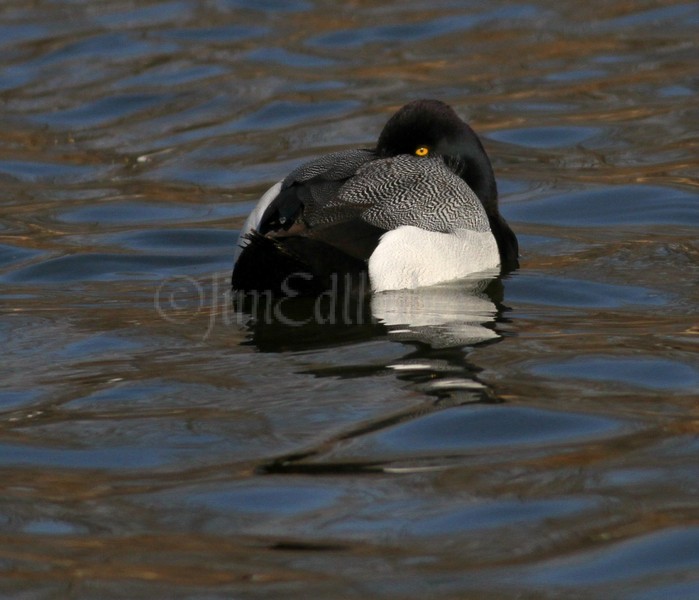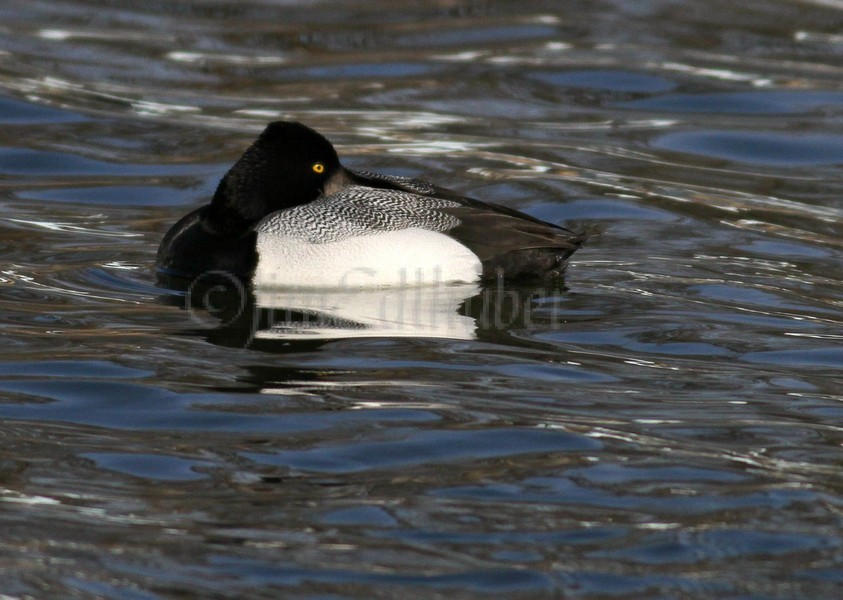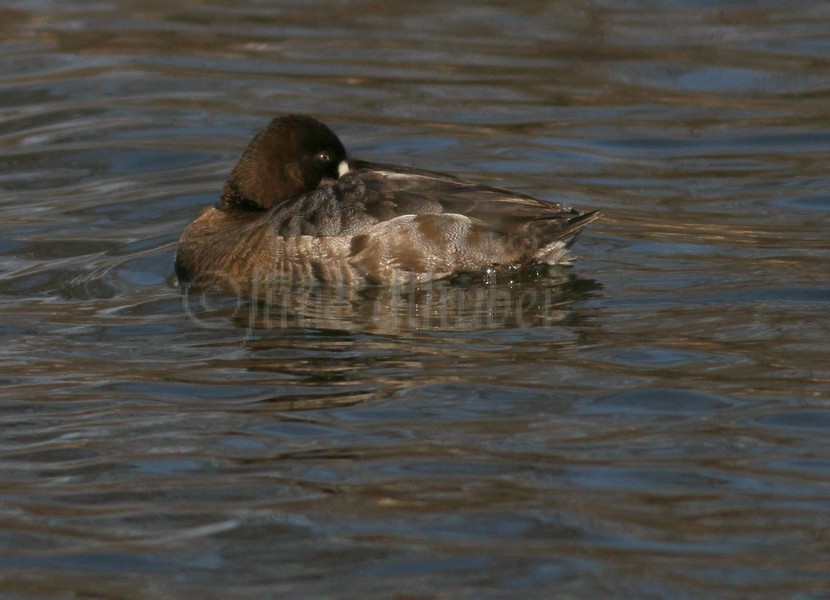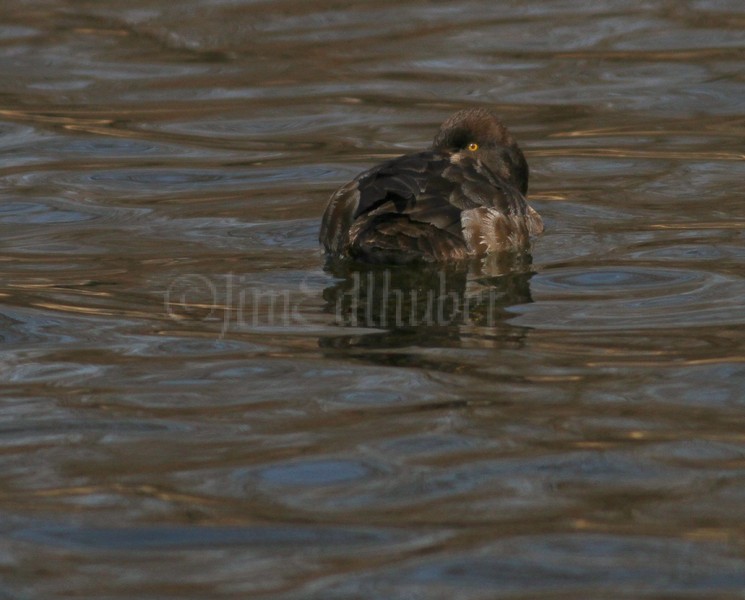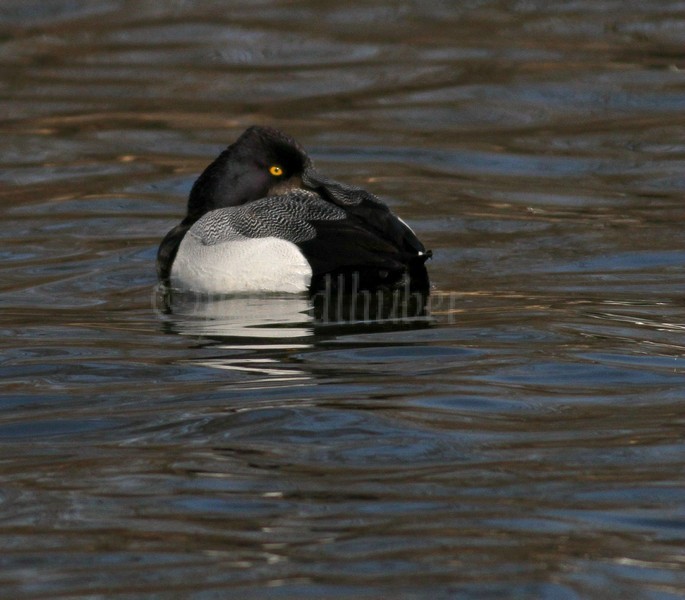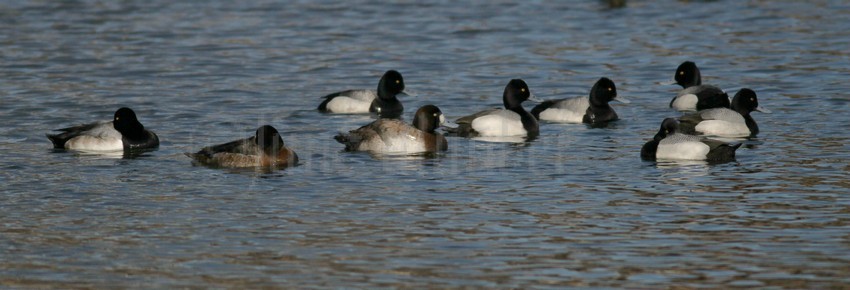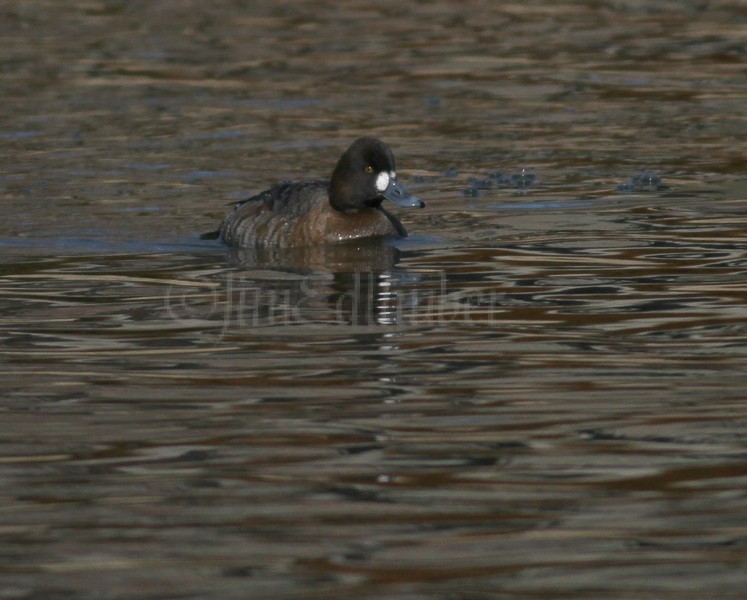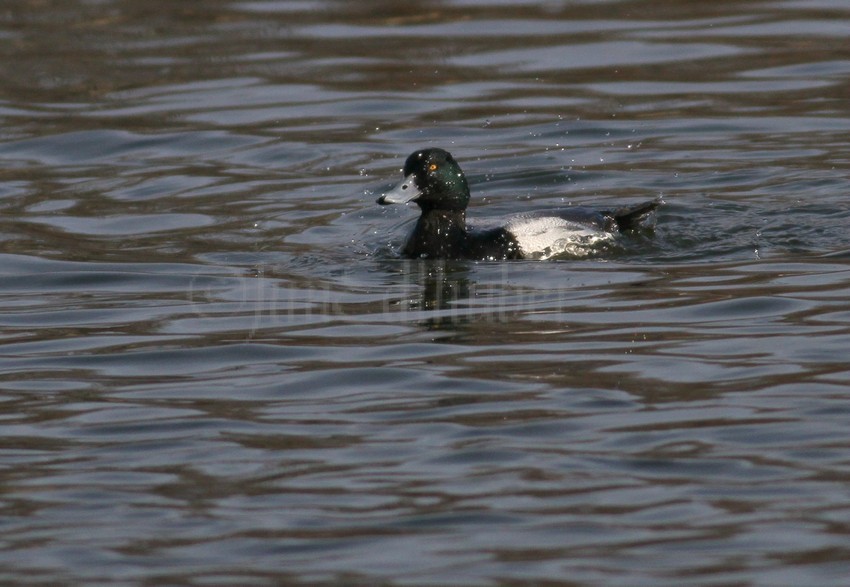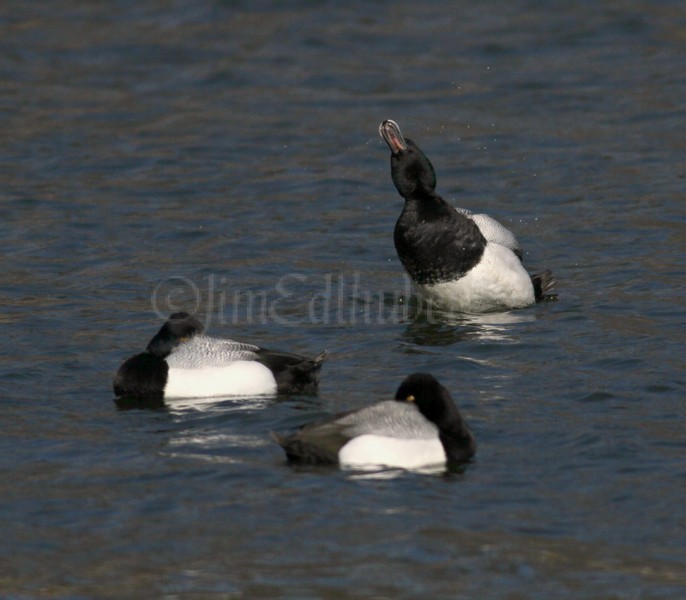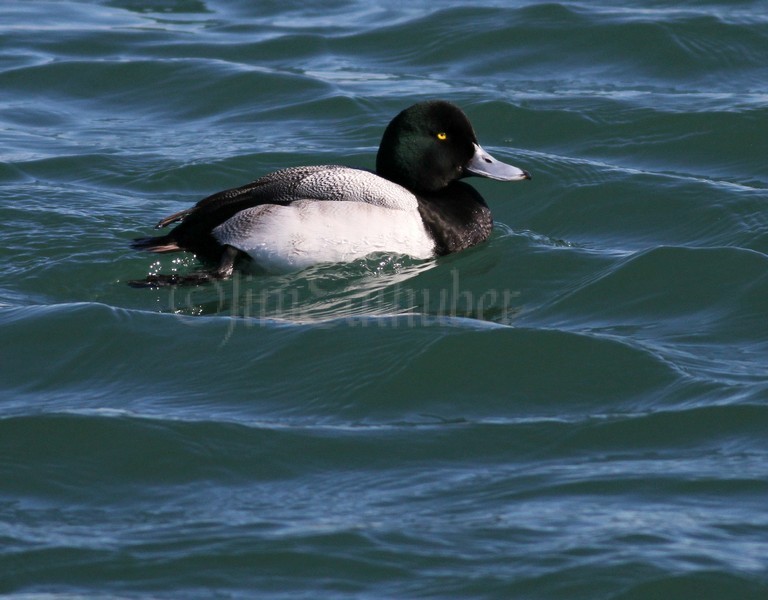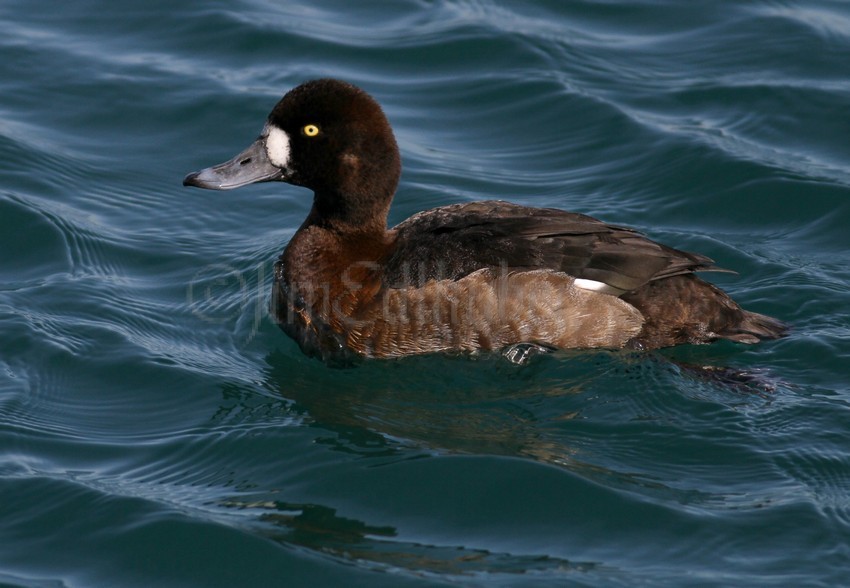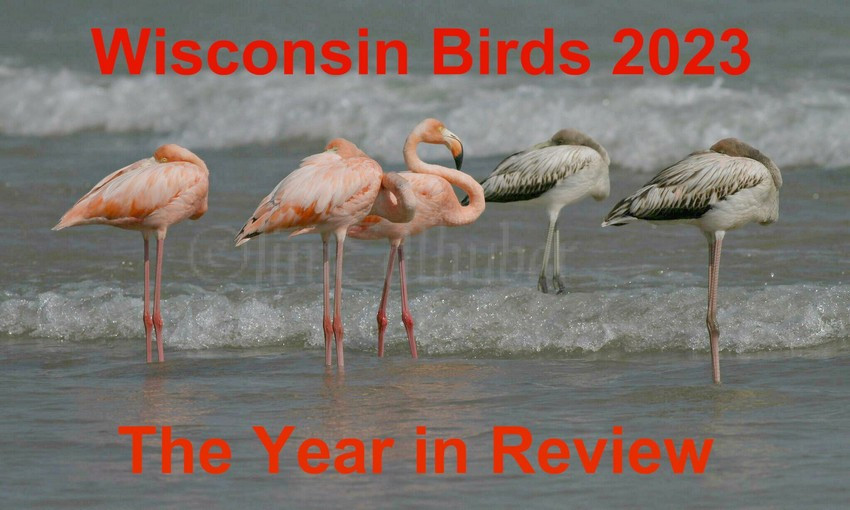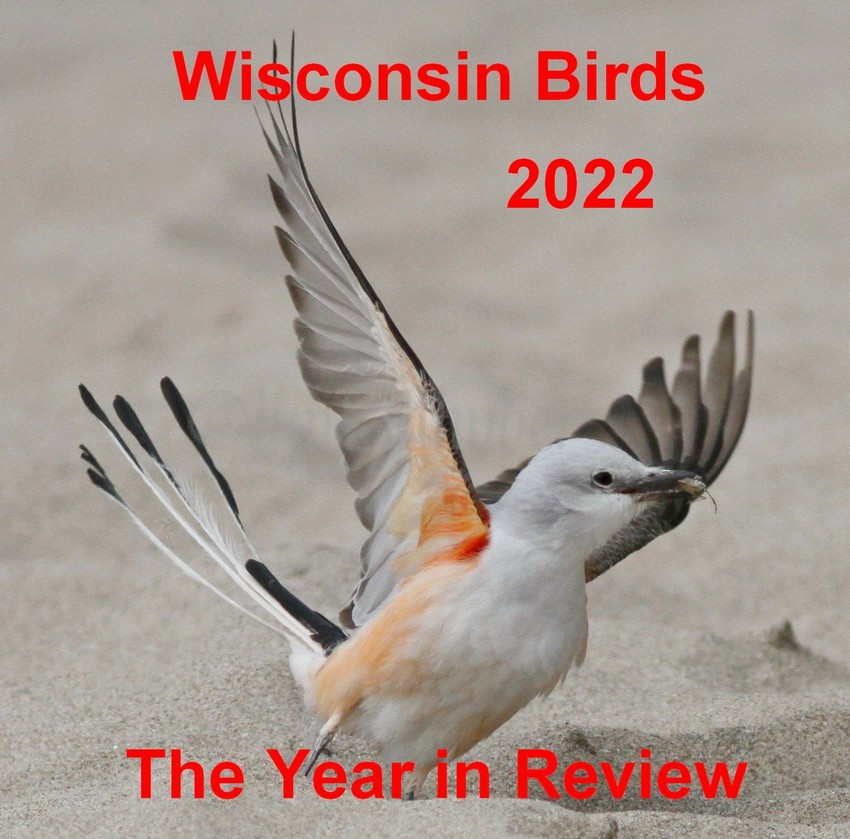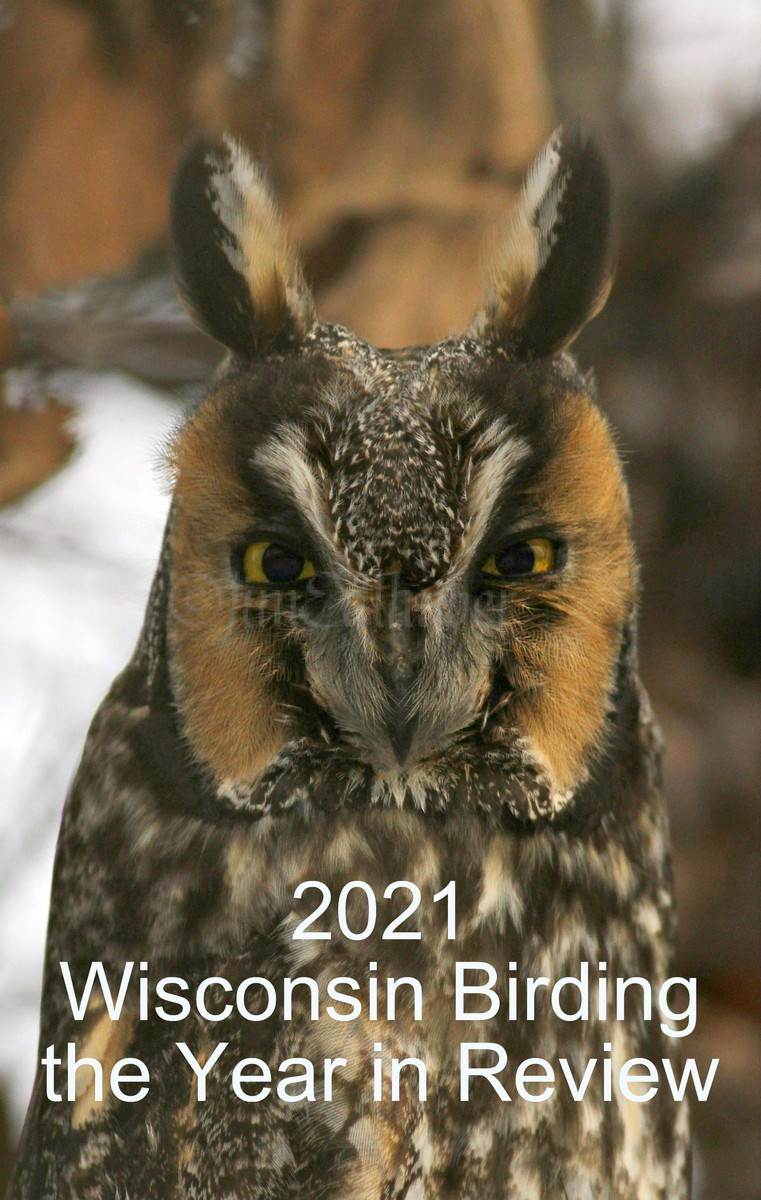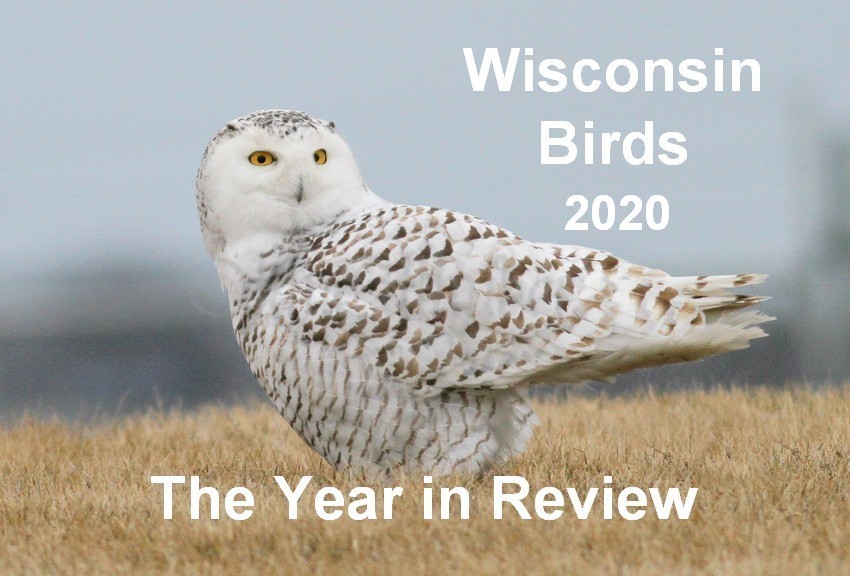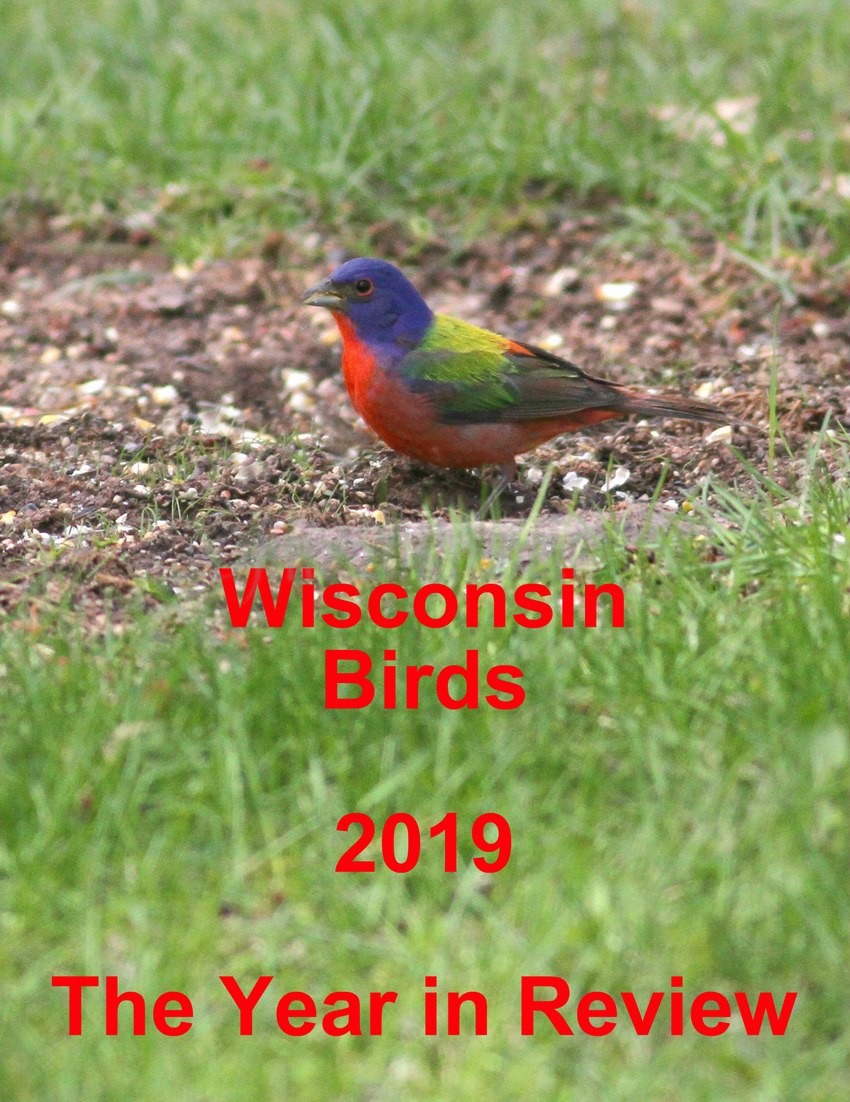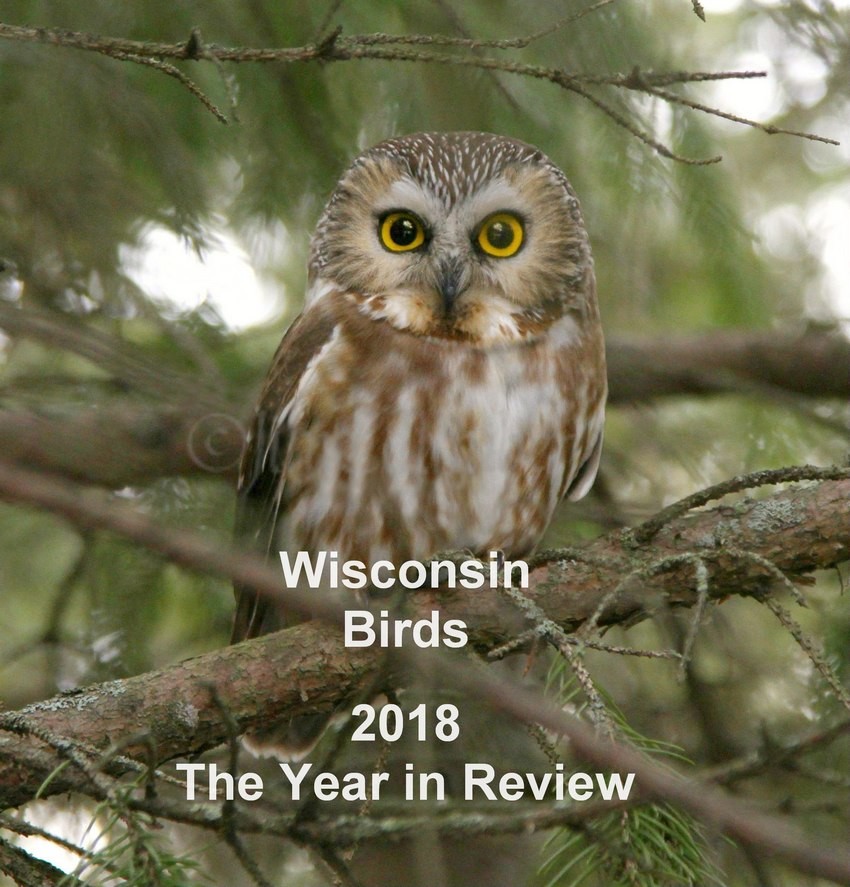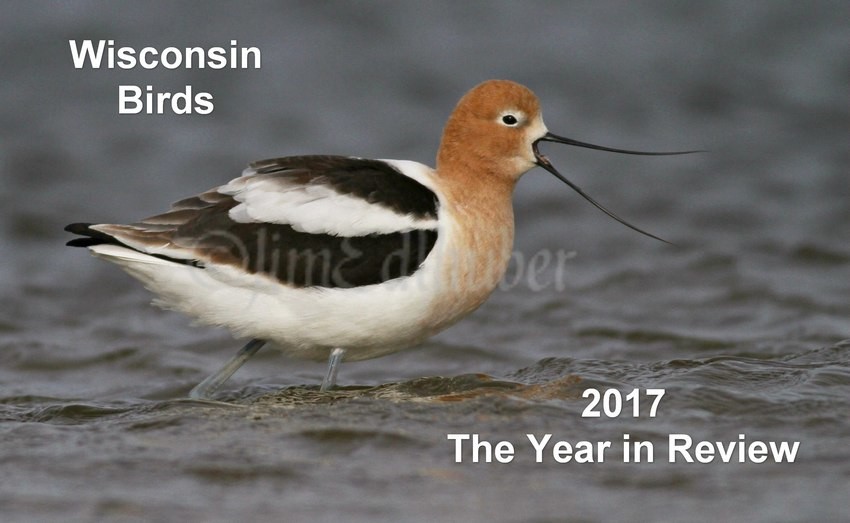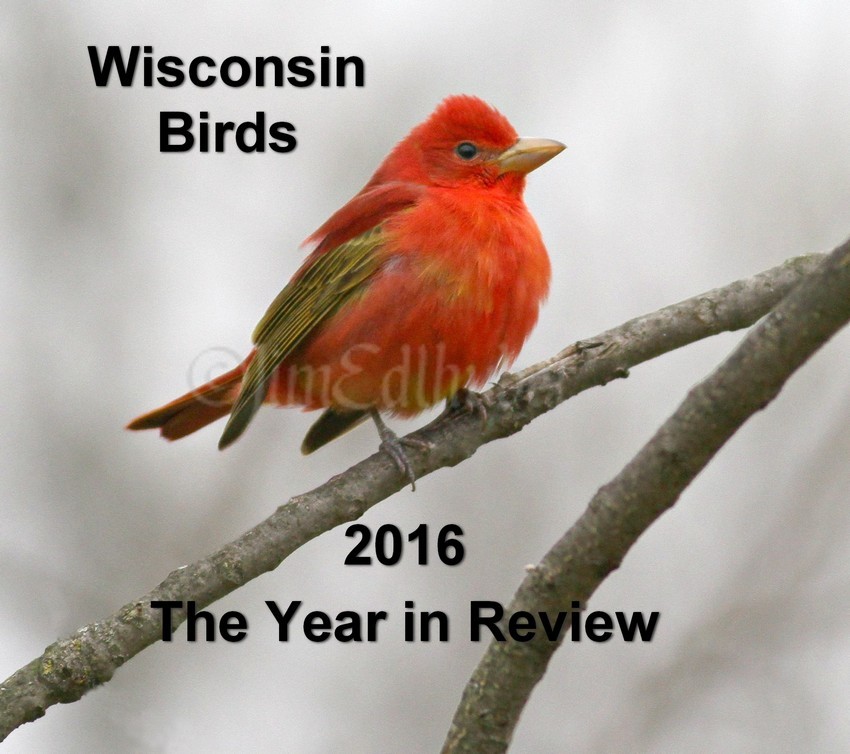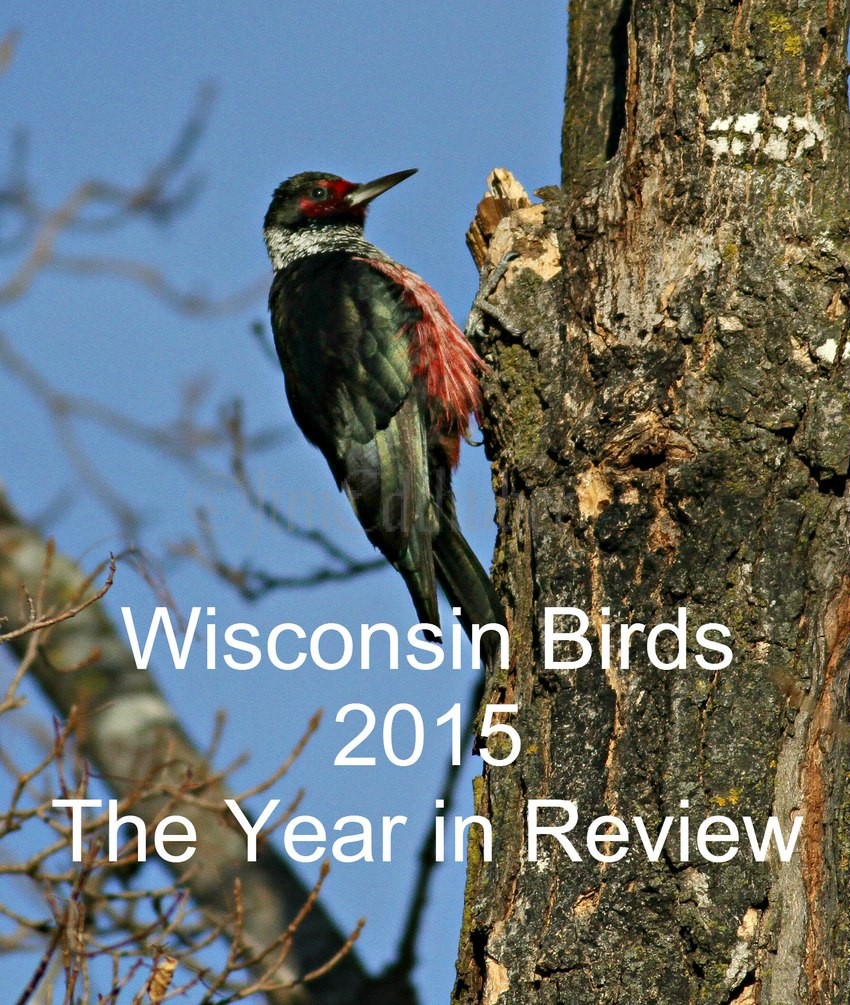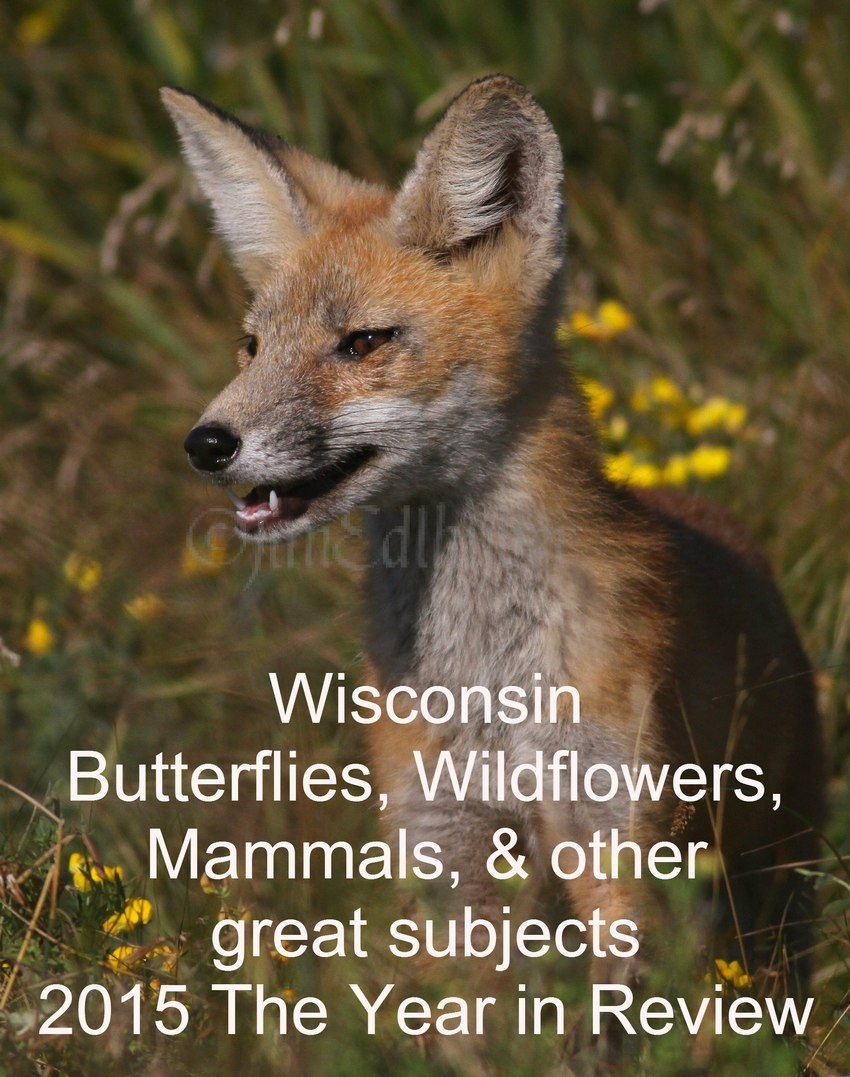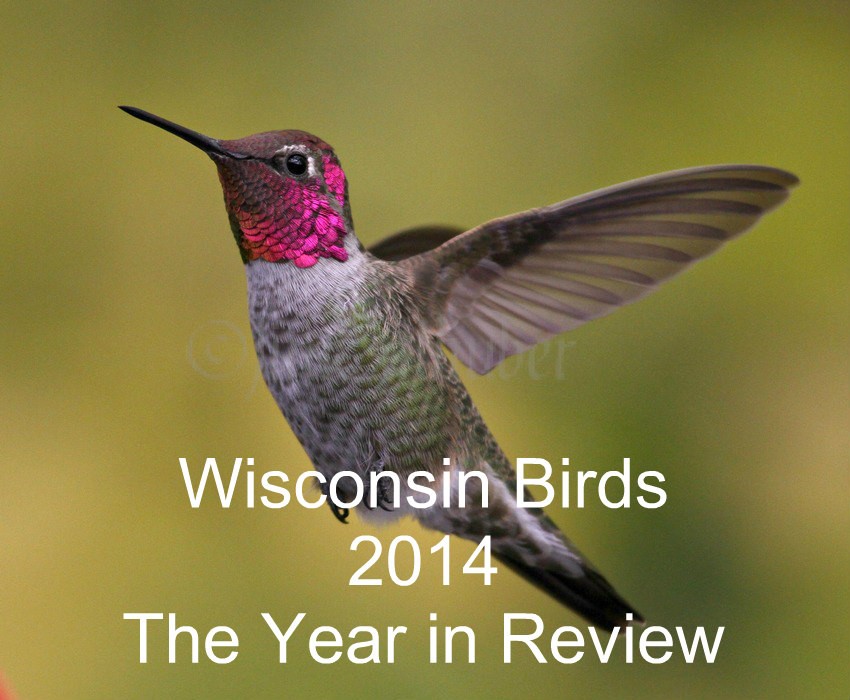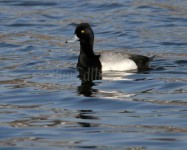
The Fox River in downtown Waukesha Wisconsin has been pretty exciting with duck species the last couple of weeks. Some hang around for a day or two, some weeks. Yesterday there were over 3o scaups, mostly Lesser Scaups. The majority of the scaups were napping most of the time I was there until the thin ice started disappearing, then there was more movement. Other duck species present yesterday, Common Goldeneye Ducks (m-f), Red-breasted Mergansers (m-f), Lesser and Greater Scaups (m-f), Bufflehead and American Coots. The wind made for a very cold day. Photographs taken on March 26th, 2014. Some of the taken images are for helping to see the differences in the ID of Lesser and Greater Scaups.
Lesser Scaup
Binomial name: Aythya affinis
Category: Duck, Geese, and Swans
Size: 16.5” long, 25” wing span
Weight: 1.8 lb.
Habitat: Breeding range in general, northern Great Plains, Wyoming, Minnesota, and Iowa sometimes more east, well into northern Alaska on freshwater inland ponds and lakes and marsh ponds in tundra.
Diet: Dive for aquatic plants and parts such as seeds, leaves, stems, tubers and roots. Some of these plants are muskgrass, wild celery, pondweeds and sedges. Their diet also includes aquatic insects, clams, snails, mussels, and other crustaceans which they get by forging and sifting through mud on the bottom.
Nesting: A nest is nothing more than a bowl shaped of grasses on the ground or on a mound typically lined with down. It is placed in a sheltered location above water or near water in thick vegetation such as grasses, sedges, and bullrushes. An average of 9 olive-brown or pale greenish colored eggs are laid, and the female uses distracting displays to keep away foxes, ravens, red-tailed hawks, raccoons, owls, minks and various gull species. Young leave the nest after incubation of 21-27 days as soon as they are dry after hatching. At that time female takes them to food immediately as they can swim and they feed themselves.
Facts: With its distinctive blue bill, this duck is commonly called-the bluebill by hunters. Of the diving ducks, the Lesser is one of the most plentiful and widespread in North America. Similar to the Lesser Scaup, accurate counts of this bird are not possible and both species are counted and numbers then adjusted. Dives for its food, but eats it on the surface. Large flocks of these ducks have been seen, up to 500,000 at once. They feed throughout the day for 20 minutes at a time. To identify the Greater from the Lesser Scaup, sometimes field guides are needed as they are so similar. The black nail on the end of the bill is one of the easiest tips for ID of the Lesser as it is very narrow. On the Greater the black nail on the tip of the bill is wider. Recently a friend of mine observed a Snowy Owl capturing, killing and eating a Scaup species on Lake Michigan.
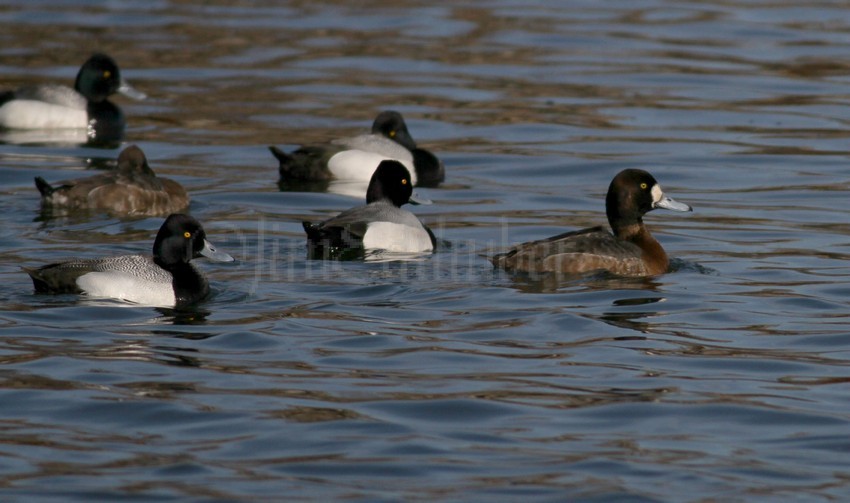
Lesser Scaup front left more peak on back of head – Male, Greater Scaup right front, more rounded head, black nail wider on bill end – Female
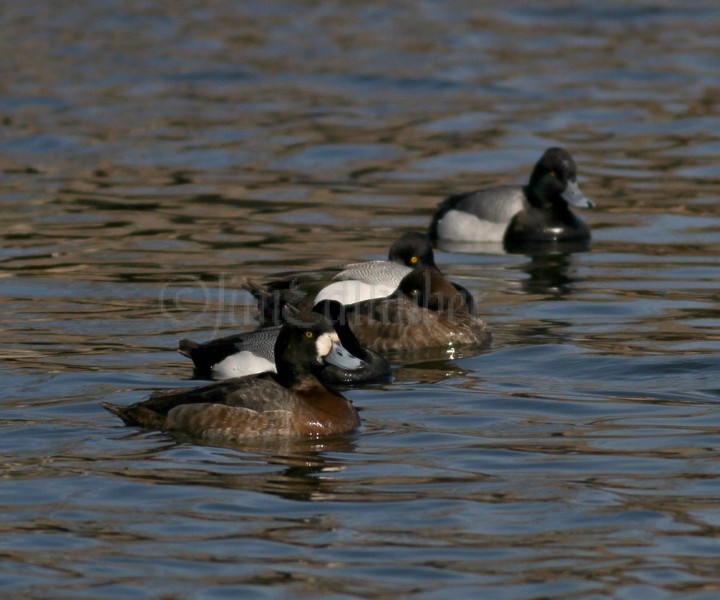
Greater Scaup front, note wider black nail on bill tip – Female, Lesser Scaup back, note narrow black nail on bill tip – Male
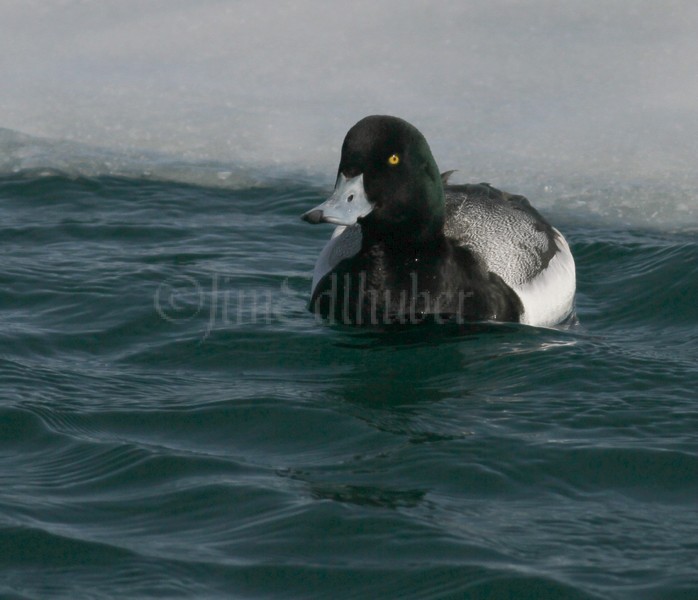
Greater Scaup – Male – Milwaukee River Mouth / Lake Michigan Lakefront, February 23, 2014. Note wide black nail on bill tip.
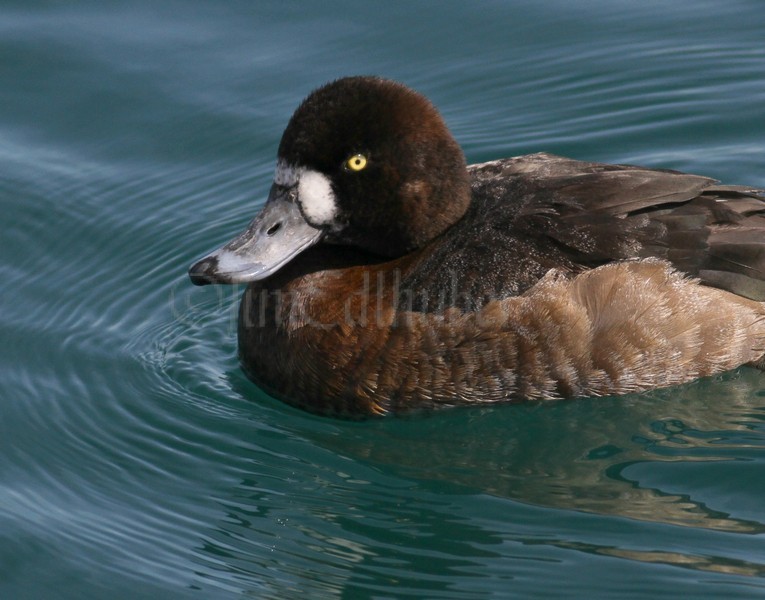
Greater Scaup – Female – Milwaukee River Mouth / Lake Michigan Lakefront, February 23, 2014. Note wide black nail on bill tip and more round head shape.
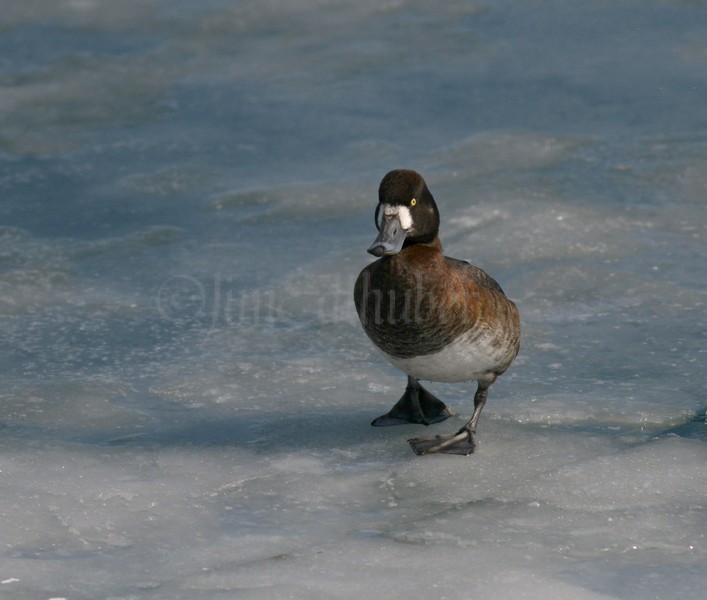
Greater Scaup – Female walking on ice – Milwaukee River Mouth / Lake Michigan Lakefront, February 23, 2014. Note wide black nail on bill tip.
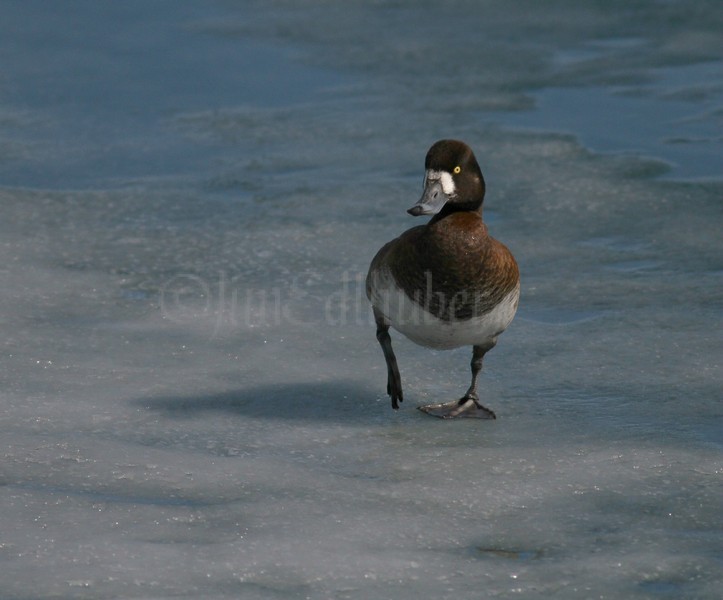
Greater Scaup – Female walking on ice – Milwaukee River Mouth / Lake Michigan Lakefront, February 23, 2014. Note wide black nail on bill tip.
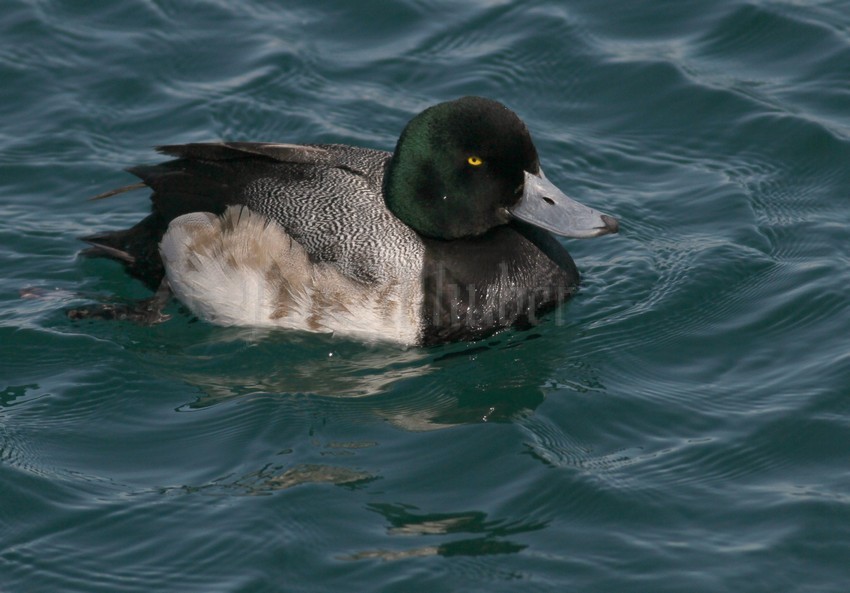
Greater Scaup – Male – Milwaukee River Mouth / Lake Michigan Lakefront, February 23, 2014. Note wide black nail on bill tip.

